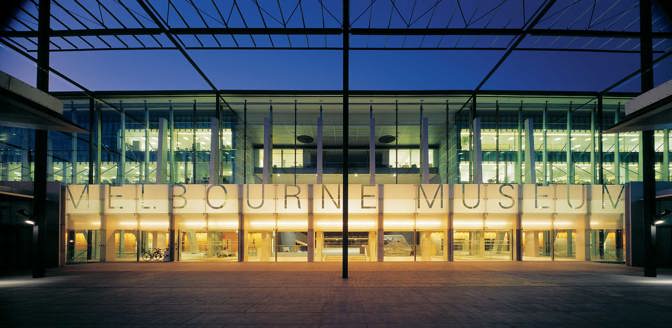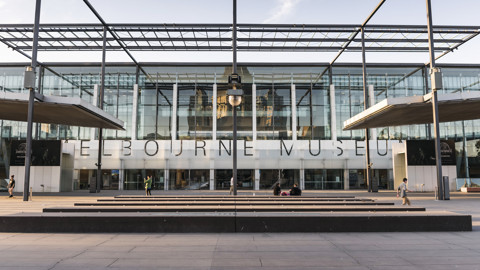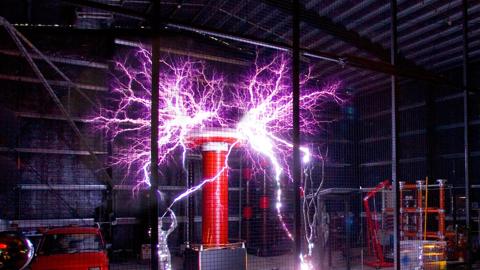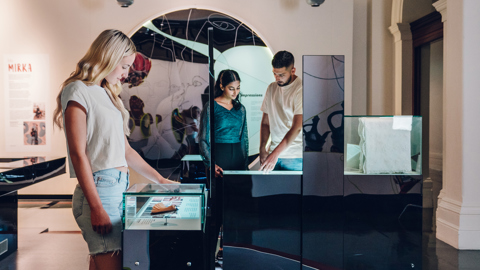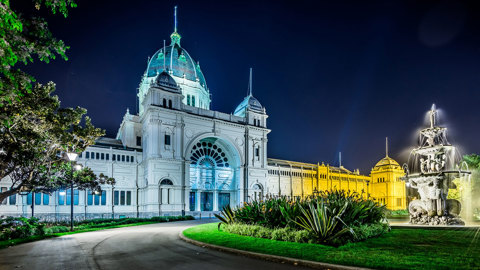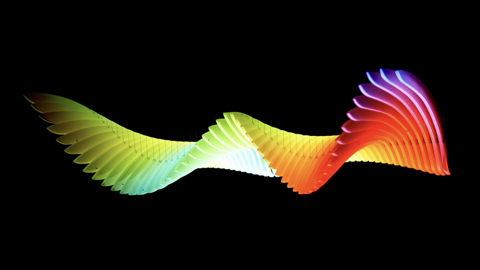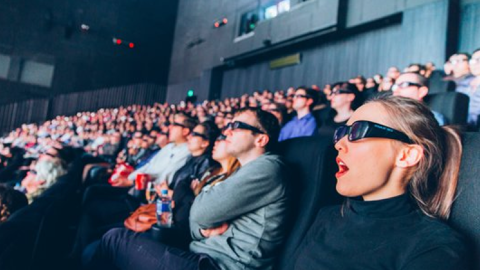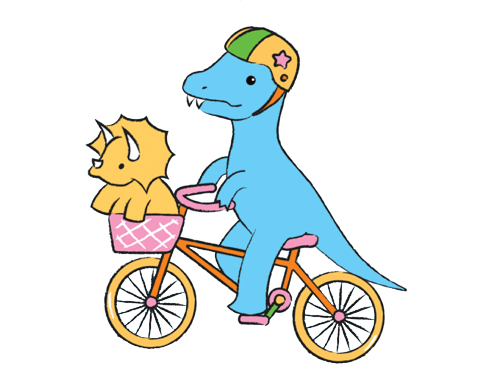Melbourne Museum celebrates 25 years at Carlton Gardens
Today marks 25 years since Melbourne Museum first opened its doors at Carlton Gardens, cementing its place as one of Australia’s most visited and loved cultural destinations.
Since opening on 21 October 2000, Melbourne Museum has welcomed more than 23 million visitors and hosted hundreds of exhibitions, events and programs that have inspired curiosity, learning and connection. The move from its former home at the State Library site marked a transformative new era in the way science, culture and natural history are shared with the public.
Long before Melbourne Museum opened, Carlton Gardens had been a place of gathering, learning and exchange on the lands of the Wurundjeri Woi Wurrung people of the Eastern Kulin Nation. That deep connection to Country continues today through the Bunjilaka Aboriginal Cultural Centre and its First Peoples exhibition, developed in close collaboration with the Yulendj Group of Elders and community representatives. Their guidance ensures that First Peoples’ knowledge, culture and perspectives remain at the heart of Melbourne Museum’s exhibitions, programs and collections.
Over the past 25 years, Melbourne Museum has presented some of Australia’s most memorable exhibitions from Tutankhamun and Titanic to Jurassic World and A Day in Pompeii, alongside long-standing favourites including Bugs Alive!, Bunjilaka Aboriginal Cultural Centre’s First Peoples exhibition, Dinosaur Walk, and the legendary Phar Lap. These experiences have helped generations of Victorians and visitors connect with the world around them and understand their place within it.
Since opening in 2016, the Pauline Gandel Children's Gallery has remained one of Melbourne Museum's most beloved spaces where generations of young Victorians have explored, played, and taken their first excited steps into learning about the world around them.
Recent years have brought extraordinary new developments, including the acquisition of the world’s most complete Triceratops, Horridus, and the opening of Our Wondrous Planet, the newest and largest gallery in Museums Victoria’s history, further solidifying Melbourne Museum’s place as a world-class cultural institution.
‘Melbourne Museum holds a unique place in the hearts of Victorians,’ said Lynley Crosswell, CEO and Director of Museums Victoria. ‘For 25 years, it has been a destination for discovery, conversation and wonder — a place where science meets culture, and where stories of the past, present and future are shared under one roof.’
The precinct has been central to Victoria’s civic and cultural life, famously hosting the 1880 Melbourne International Exhibition and the 1888 Centennial International Exhibition at the Royal Exhibition Building, which also served as the venue for the opening of Australia’s first Federal Parliament in 1901. Over time, the site evolved through many incarnations from a Royal Australian Air Force training centre during WWII to a host venue for the 1956 Melbourne Olympics, before plans were unveiled in 1994 for a new, purpose-built museum that would take Victoria’s collections into the 21st century.
Designed by Denton Corker Marshall, Melbourne Museum redefined what a museum could be. Set alongside the now World Heritage-listed Royal Exhibition Building, the design reflects a dialogue between history, nature, culture and progress. Its striking geometry, contemporary materials, and bold spatial layout represent the ambition of a new millennium, to create a public space for discovery and innovation. Central to the design is the Forest Gallery – a living ecosystem that bridges the human and natural worlds, symbolising the museum’s commitment to sustainability and connection with nature.
As Melbourne Museum marks this milestone, Museums Victoria continues to look to the future, to evolve, and to reimagine, ensuring to remain a place for everyone, today and for generations to come.
